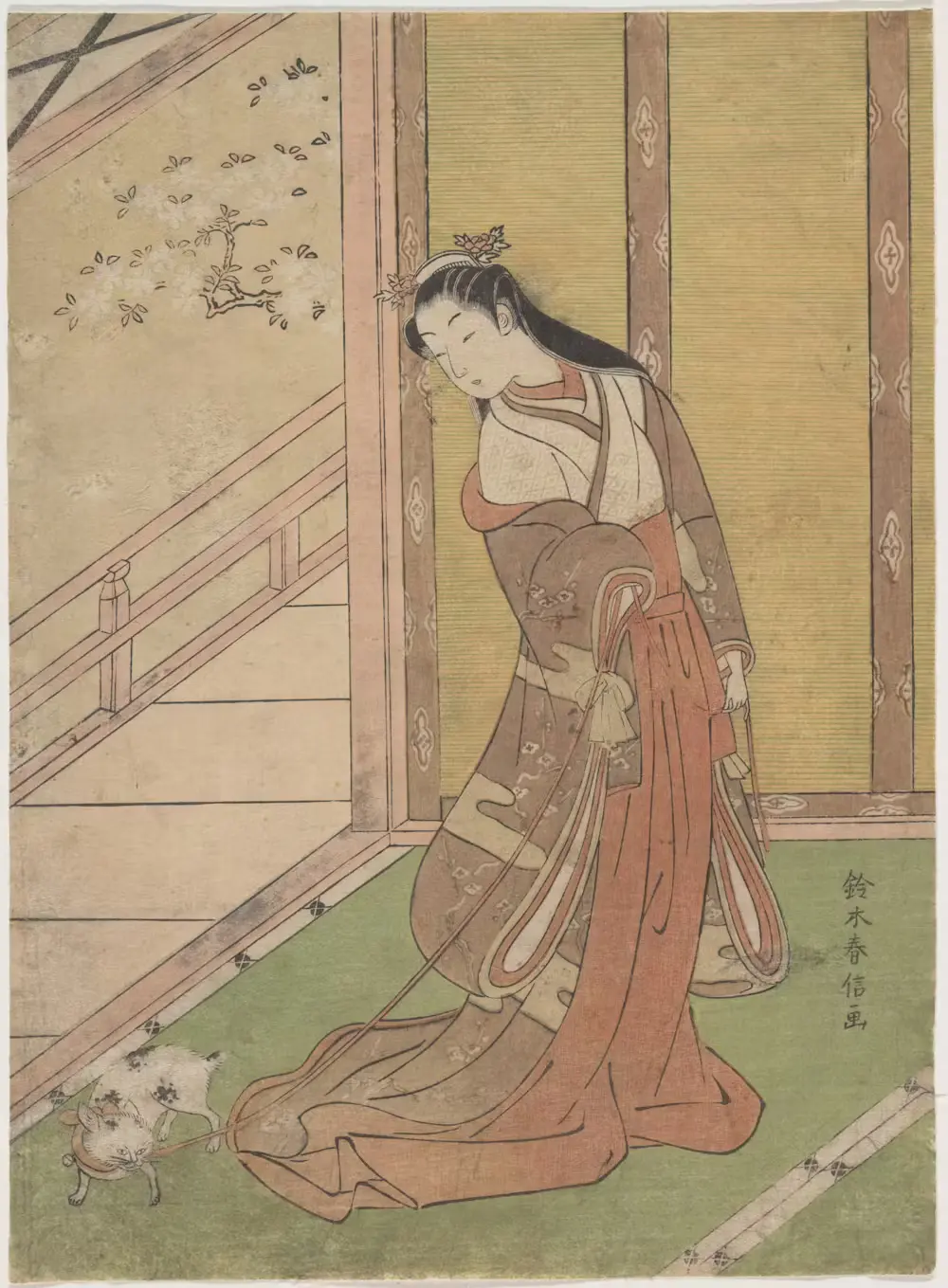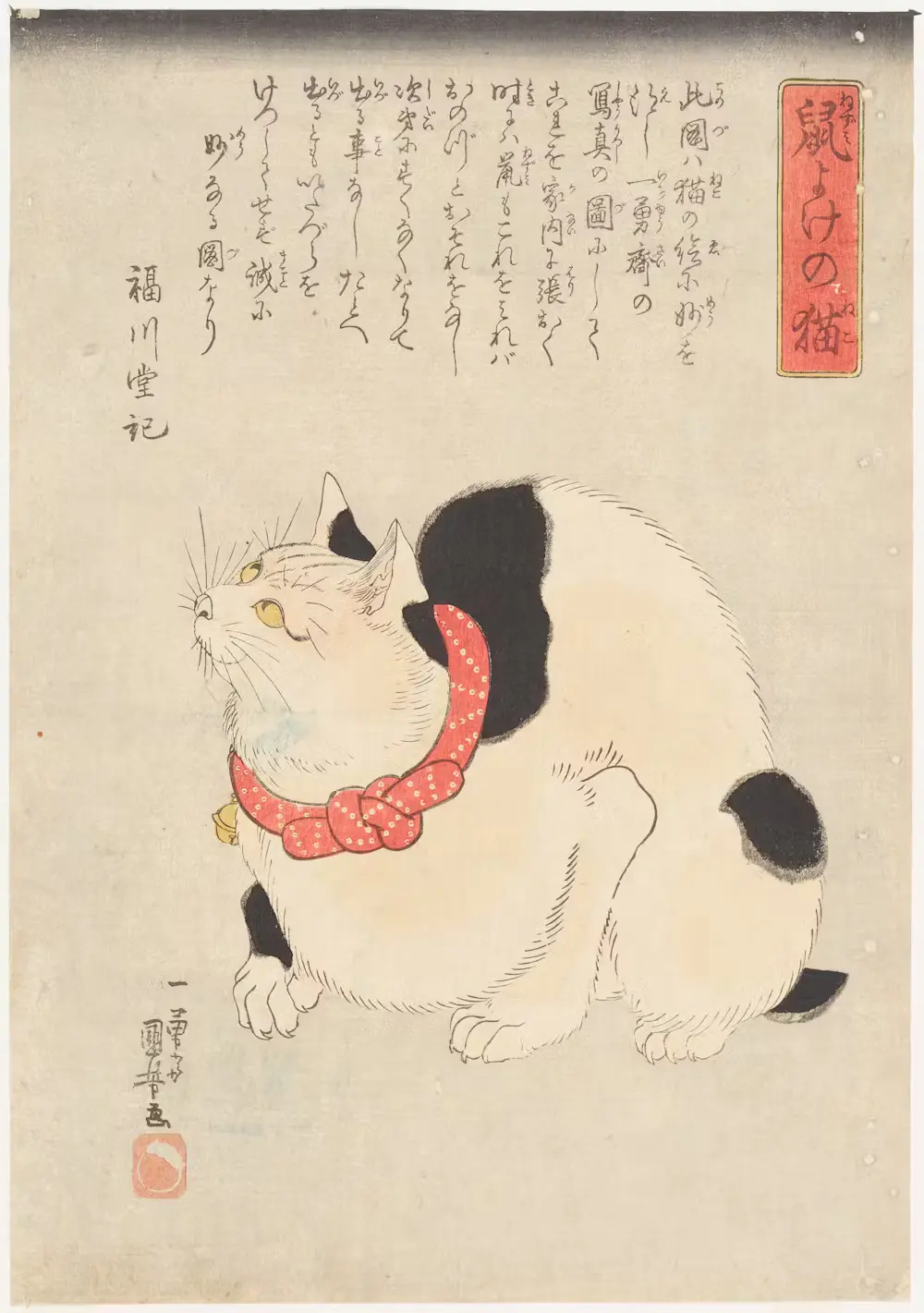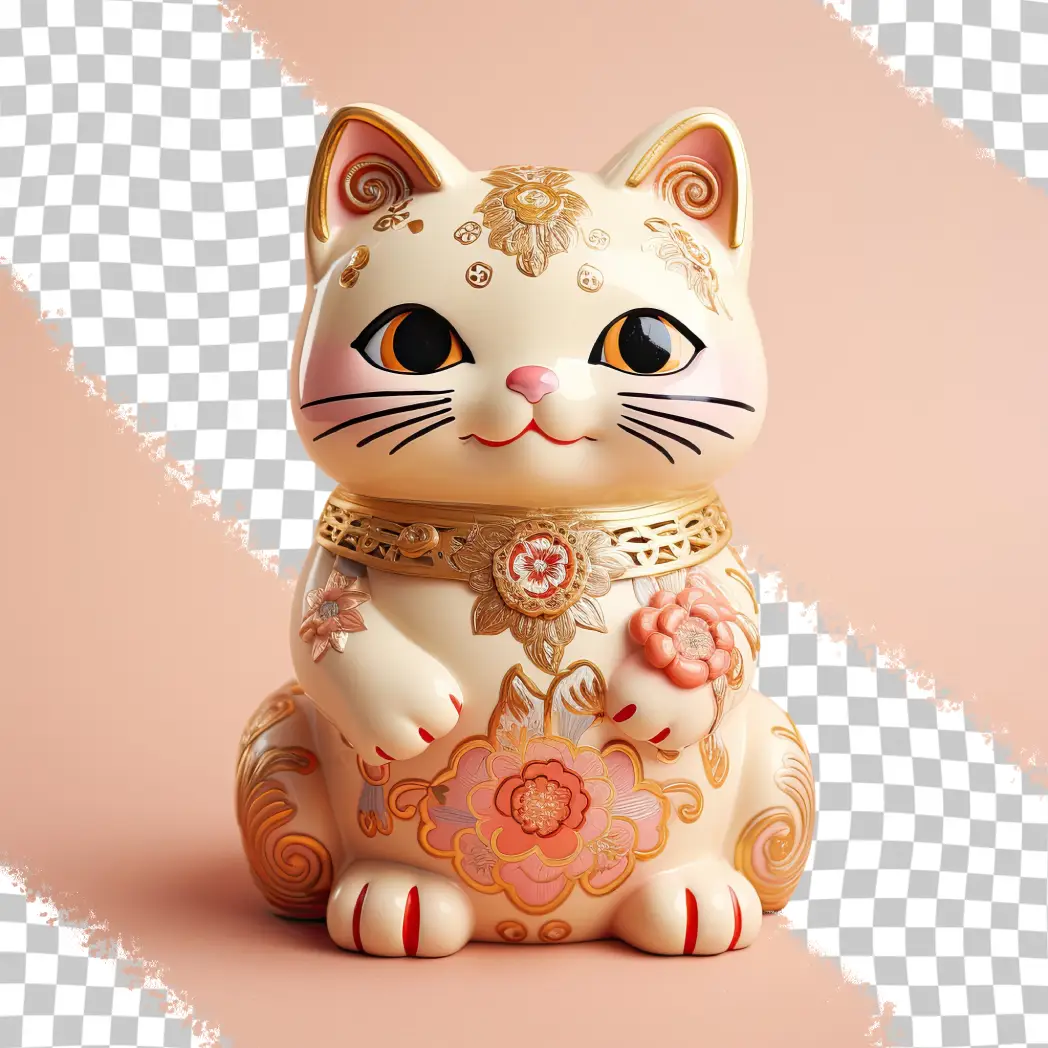The maneki-neko, or Japanese beckoning cat, is a beloved symbol of luck and prosperity in Japanese culture and beyond. This charming figure, often seen in shops and homes, is known for its distinctive upright paw, which appears to beckon onlookers. But what is the story behind this iconic cat, and what does it symbolize? In this article, we’ll explore the rich history, legends, and cultural significance of the maneki-neko.
Table of Contents
- Origins and Legends
- Symbolism and Meaning
- Variations and Modern Interpretations
- Cultural Impact and Global Presence
- Maneki-neko in Popular Culture
Origins and Legends

The origins of the maneki-neko date back to the Edo period (1603-1868) in Japan. One of the most popular legends tells the story of a poor monk and his cat, who lived in a small, dilapidated temple. One stormy night, a wealthy feudal lord sought shelter under a large tree near the temple. As he stood there, he noticed a cat, seemingly beckoning him with its raised paw. Curious, the lord approached the temple. At that very moment, a lightning bolt struck the tree, splitting it in half. The lord realized that the cat had saved his life, and out of gratitude, he became the temple’s benefactor, bringing prosperity to the monk and the temple.
Another version of the story involves a shop owner who was struggling to attract customers. One day, a cat appeared in front of the shop and started beckoning with its paw. Soon after, a group of customers entered the shop, and the business began to thrive. The shop owner believed the cat had brought good fortune and decided to keep it as a talisman of luck.
These legends, while varied, share common themes of luck, protection, and prosperity, illustrating the deep cultural roots of the maneki-neko as a symbol of good fortune.
Symbolism and Meaning

The maneki-neko is rich with symbolism. The cat is typically depicted as a calico Japanese Bobtail, a breed considered particularly lucky in Japan. Each element of the maneki-neko has a specific meaning:
- Color: The traditional calico maneki-neko is considered the luckiest. However, other colors are also popular, each with its own significance. A white maneki-neko represents purity, a black one offers protection, and a gold cat symbolizes wealth. There are also pink maneki-neko for love and relationships, and green ones for academic success and good health.
- Paw Position: The position of the cat’s raised paw also carries meaning. A left paw raised is believed to attract customers and people, making it a common sight in businesses. A right paw raised is said to bring wealth and good fortune. Some maneki-neko statues even feature both paws raised, offering a combination of protection and prosperity.
- Accessories: Many maneki-neko statues are adorned with bibs, bells, and coins. These accessories are not merely decorative; they also hold symbolic value. The bibs and bells are protective charms, often associated with safeguarding children and pets. The coin, typically a koban (an old Japanese gold coin), represents wealth and prosperity. Some maneki-neko also hold a fish, symbolizing abundance and good fortune.
Variations and Modern Interpretations
Over the years, the maneki-neko has evolved in both form and function. Today, these lucky cats come in various colors, sizes, and styles. Modern interpretations include solar-powered maneki-neko with moving paws, LED-lit versions, and even high-tech iterations with motion sensors that activate the waving paw. Despite these modern twists, the core symbolism of the maneki-neko remains unchanged: it is a beacon of good fortune and positive energy.
In addition to traditional settings, the maneki-neko has found its way into popular culture. It has appeared in films, TV shows, and art, often as a symbol of luck or a whimsical decoration. The maneki-neko’s influence extends beyond Japan, becoming a global icon recognized and cherished in many cultures.
For example, in the animated film “Big Hero 6,” the character Hiro Hamada has a maneki-neko in his room, symbolizing his Japanese heritage and the cat’s association with luck. The cat has also made appearances in various manga and anime, solidifying its place in contemporary Japanese culture.
Cultural Impact and Global Presence
The cultural impact of the maneki-neko extends far beyond its Japanese origins. In Asian communities worldwide, it is common to see these beckoning cats in restaurants, shops, and homes. They are often placed near entrances, welcoming visitors and inviting prosperity.
In China, the maneki-neko is known as the “Zhaocai Mao,” which translates to “beckoning wealth cat.” It serves a similar purpose in bringing good fortune to businesses and homes. In Western cultures, the maneki-neko is often seen as a quirky, charming decoration, but its symbolism as a bringer of good luck and fortune is still recognized and appreciated.
The maneki-neko has also influenced various aspects of design and fashion. It is not uncommon to find maneki-neko motifs on clothing, accessories, and home decor items. This widespread use underscores the universal appeal and adaptability of the maneki-neko as a symbol of positivity and good fortune.
Maneki-neko in Popular Culture
The maneki-neko’s popularity has led to its appearance in various aspects of popular culture. It has been featured in movies, television shows, and even video games. For instance, in the animated film “Big Hero 6,” the character Hiro Hamada has a maneki-neko in his room, symbolizing his Japanese heritage and the cat’s association with luck.
The maneki-neko has also inspired artists and designers, leading to creative interpretations in various media. From traditional paintings and sculptures to modern graphic designs and fashion accessories, the maneki-neko continues to captivate and inspire people around the world.
Furthermore, the maneki-neko has been integrated into various forms of digital media and merchandise. Video games often include the maneki-neko as a collectible item or as part of the game’s cultural references. This not only highlights the cat’s enduring popularity but also its ability to adapt to new cultural and technological contexts.

